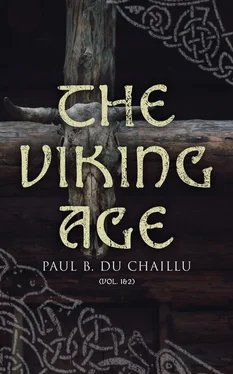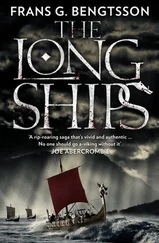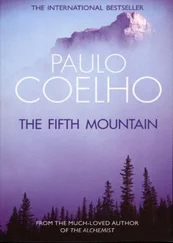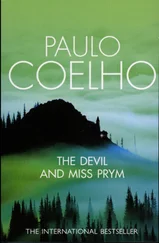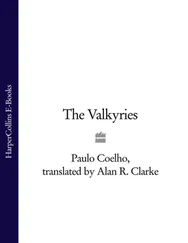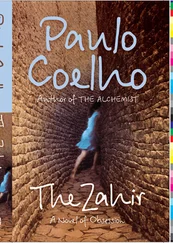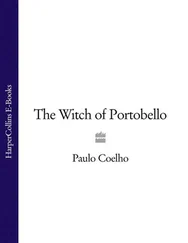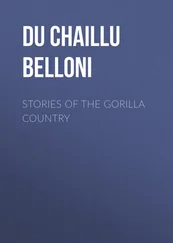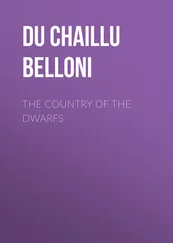Paul B. Du Chaillu
The Viking Age (Vol. 1&2)
The Early History and Customs of the Ancestors of the English-Speaking Nations
e-artnow, 2021
Contact: info@e-artnow.org
EAN: 4064066309206
Volume 1 VOLUME 1 Table of Contents
Volume 2
Table of Contents Table of Contents Volume 1 VOLUME 1 Table of Contents Volume 2
Table of Contents
Chapter I. Civilisation and Antiquities of the North.
Chapter II. Roman and Greek Accounts of the Northmen.
Chapter III. The Settlement of Britain by Northmen.
Chapter IV. The Mythology and Cosmogony of the Norsemen.
Chapter V. Mythology and Cosmogony—continued.
Chapter VI. Odin of the North.
Chapter VII. The Successors of Odin of the North.
Chapter VIII. The Stone Age.
Chapter IX. The Bronze Age.
Chapter X. The Iron Age.
Chapter XI. Runes.
Chapter XII. Northern Relics—Bog Finds.
Chapter XIII. Northern Relics—Ground Finds.
Chapter XIV. Description of Some Remarkable Graves and Their Contents.
Chapter XV. Greek and Roman Antiquities in the North.
Chapter XVI. Glass.
Chapter XVII. Horses—Waggons.
Chapter XVIII. Various Forms of Graves.
Chapter XIX. Burials.
Chapter XX. Religion.—Worship, Sacrifices, Etc.
Chapter XXI. Religion.—Altars, Temples, High-seat Pillars, Etc.
Chapter XXII. Religion.—Human Sacrifices.
Chapter XXIII. Religion.—Idols and Worship of Men and Animals, Etc.
Chapter XXIV. Religion.—The Nornir and Valkyrias.
Chapter XXV. Religion.—The Volvas.
Chapter XXVI. Religion.—Ægir and Ran.
Chapter XXVII. Religion.—Sacrifices to the Alfar, Disir, Fylgja, Hamingja, and Landvœttir.
Chapter XXVIII. Valhöll-Valhalla.
Chapter XXIX. Superstitions.—Shape-changing.
Chapter XXX. Superstitions.—Witchcraft.
Chapter XXXI. Superstitions.—Omens.
Chapter XXXII. Superstitions.—Dreams.
Chapter XXXIII. The Struggle Between Paganism and Christianity.
Chapter XXXIV. The Land.
Chapter XXXV. Divisions of People Into Classes.
Chapter XXXVI. Slavery—Thraldom.
Chapter XXXVII. The Thing.
Chapter XXXVIII. The Godi and the Godiship.
Chapter XXXIX. The Laws of the Earlier English Tribes.
Chapter XL. Indemnity, Weregild.
Chapter XLI. The Oath and Ordeal.
Chapter XLII. Duelling.
Chapter XLIII. Outlawry.
Chapter XLIV. Revenge.
CHAPTER I.
CIVILISATION AND ANTIQUITIES OF THE NORTH.
Table of Contents
Early antiquities of the North—Literature: English and Frankish chronicles—Early civilisation—Beauty of ornaments, weapons, &c.
A study of the ancient literature and abundant archæology of the North gives us a true picture of the character and life of the Norse ancestors of the English-speaking peoples.
We can form a satisfactory idea of their religious, social, political, and warlike life. We can follow them from their birth to their grave. We see the infant exposed to die, or water sprinkled , 1and a name bestowed upon it; follow the child in his education, in his sports; the young man in his practice of arms; the maiden in her domestic duties and embroidery; the adult in his warlike expeditions; hear the clash of swords and the songs of the Scald , looking on and inciting the warriors to greater deeds of daring, or it may be recounting afterwards the glorious death of the hero. We listen to the old man giving his advice at the Thing . 2We learn about their dress, ornaments, implements, weapons; their expressive names and complicated relationships; their dwellings and convivial halls, with their primitive or magnificent furniture; their temples, sacrifices, gods, and sacred ceremonies; their personal appearance, even to the hair, eyes, face and limbs. Their festivals, betrothal and marriage feasts are open to us. We are present at their athletic games preparatory to the stern realities of the life of that period, where honour and renown were won on the battle-field; at the revel and drunken bout; behold the dead warrior on his burning ship or on the pyre, and surrounded by his weapons, horses, slaves, or fallen companions who are to enter with him into Valhalla ; 3look into the death chamber, see the mounding and the Arvel , or inheritance feast.
These Norsemen had carriages or chariots, as well as horses, and the numerous skeletons of this animal in graves or bogs prove it to have been in common use at a very early period. Their dress, and the splendour of their riding equipment for war, the richness of the ornamentation of their weapons of offence and defence are often carefully described. Everywhere we see that gold was in the greatest abundance. The descriptions of such wealth might seem to be very much exaggerated; but, as will be seen in the course of this work, the antiquities treasured in the museums of the North bear witness to the truthfulness of the records. The spade has developed the history of Scandinavia, as it has done that of Assyria and Etruria, but in addition the Northmen had the Saga and Edda literature to perpetuate their deeds.
We are the more astonished as we peruse the Eddas and Sagas giving the history of the North, and examine the antiquities found in the country, for we hear hardly anything about the customs of the people from the Roman writers, and our ideas regarding them have been thoroughly vitiated by the earlier Frankish and English chronicles and other monkish writings, or by the historians who have taken these records as a trustworthy authority.
Some writers, in order to give more weight to these chronicles, and to show the great difference that existed between the invaders and invaded, and how superior the latter were to the former, paint in a graphic manner, without a shadow of authority, the contrast between the two peoples. England is described as being at that time a most beautiful country, a panegyric which does not apply to fifteen or twenty centuries ago; while the country of the aggressor is depicted as one of swamp and forest inhabited by wild and savage men. It is forgotten that after a while the people of the country attacked were the same people as those of the North or their descendants, who in intelligence, civilisation, and manly virtues were far superior to the original and effete inhabitants of the shores they invaded.
The men of the North who settled and conquered part of Gaul and Britain, whose might the power of Rome could not destroy, and whose depredations it could not prevent, were not savages; the Romans did not dare attack these men at home with their fleet or with their armies. Nay, they even had allowed these Northmen to settle peacefully in their provinces of Gaul and Britain.
No, the people who were then spread over a great part of the present Russia, who overran Germania, who knew the art of writing, who led their conquering hosts to Spain, into the Mediterranean, to Italy, Sicily, Greece, the Black Sea, Palestine, Africa, and even crossed the broad Atlantic to America, who were undisputed masters of the sea for more than twelve centuries, were not barbarians. Let those who uphold the contrary view produce evidence from archæology of an indigenous British or Gallic civilisation which surpasses that of the North.
The antiquities of the North even without its literature would throw an indirect but valuable light on the history of the earlier Norse tribes, the so-called barbarians, fiends, devils, sons of Pluto, &c., of the Frankish and English chronicles. To the latter we can refer for stories of terrible acts of cruelty committed by the countrymen of the writers who recount them with complacency; maiming prisoners or antagonists and sending multitudes into slavery far away from their homes. But the greatest of all outrages in the eyes of these monkish scribes was that the Northmen burned a church or used it for sheltering their men or stabling their horses.
Читать дальше
